These easy herbal preparations are a wonderful way to capture the benefits of herbs for many uses, from skincare to cooking. There are so many herbs you can choose from depending on your intended use, and there are so many ways these oils can be used.
As an example of the many uses of an herb-infused oil, let’s take a look at the herb rosemary (Rosmarinus officinalis). Rosemary can be used to create a vibrantly flavored culinary oil for use when roasting potatoes or making your favorite pasta sauce. For topical use, rosemary-infused oil can be used in a number of bath products, such as sugar scrubs or herbal shampoo. With its antimicrobial and moisturizing properties, rosemary-infused oil is a popular support for an itchy scalp and dandruff (McIntyre, 1996). It is also used to support hair growth since rosemary is an invigorating herb that stimulates blood flow on the surface of the skin.
Herb-Infused Oils for Wellness and Beauty
Herb-infused oils can be used for bath and skincare products and other topical uses.
Herbs that make great herb-infused oils include calendula (Calendula officinalis) flower, plantain (Plantago spp.) leaf, chickweed (Stellaria media) leaf, chamomile (Matricaria chamomilla) flower, lavender (Lavandula angustifolia) flower, and comfrey (Symphytum officinale) leaf. These herb-infused oils can be used in lotion, cream, salve, insect repellent, and bath oil. Calendula is commonly used for sunburn, itchiness, rashes, inflammation, and wounds that are slow to heal (Hoffmann, 2003). Plantain is a vulnerary and encourages tissue renewal (Bruton-Seal, 2009). Chickweed can be used to soothe minor burns and skin conditions such as psoriasis and eczema (Wood, 2008). Chamomile and lavender are both calming and antifungal (McIntyre, 1996), and comfrey can be considered for minor burns, rashes, and insect bites (Grieves, 1971) but should be used with caution on open wounds due to its pyrrolizidine alkaloids. To learn more about the safe use of comfrey, see our article, The Comfrey Controversy: Can And Should One Use Comfrey Internally?
Carrier oils used that are ideal for topical use include olive (Olea europaea) oil, as it offers some resistance to oxidation and rancidity, but there are many other oils that can be used, such as almond (Prunus amygdalus), apricot (Prunus americana), coconut (Cocos nucifera), and grapeseed (Vitis vinifera). Beneficial properties and shelf life will vary for each oil. We recommend researching each carrier oil option before choosing an oil for your herb-infused oil. You can find a list of carrier oils and their properties in our post, Choosing Essential Oil Carriers.
There are several infusion methods you can use to make these infused oils, such as warm infusion, solar infusion, stovetop infusion, and oven infusion methods, which we will describe below. Each of these methods yields fairly similar results, so feel free to experiment and see which method(s) you prefer.
Culinary Herb-Infused Oils
You can use tasty herb-infused oils for a delicious addition to salad dressings or any number of healthy, delicious meal preparations. Some herbs that make lovely culinary oils are garlic (Allium sativum) bulb, ginger (Zingiber officinale) rhizome, cayenne pepper (Capsicum spp.) fruit, and oregano (Origanum vulgare) leaf. We suggest using dried herbs to prevent mold and bacterial growth in your infused oils and minimize the risk of botulism poisoning.
Carrier oils that are ideal for culinary infused oils are avocado (Persea americana), coconut (Cocos nucifera), grapeseed (Vitis vinifera), and olive (Olea europaea) oil, among others.
While you can certainly use any of the herb infusion methods mentioned below, the stovetop method is the most common infusion method used when making culinary herb-infused oils. If using the warm-infusion method, you can strain and use it after 1-2 weeks.
Tips For Making Herb-Infused Oils
For best results, we recommend using high-quality dried herbs, as they will not contribute to spoilage, and you will have a longer-lasting product.
While fresh herbs can be used in herb-infused oils for topical use and are preferred for some herbs, such as St. John’s wort (Hypericum perforatum) aerial parts and mullein (Verbascum thapsus) flowers, care must be taken to minimize moisture in the finished product to decrease the chance of growth of mold or bacteria. This article will focus on herb-infused oils made with dried herbs.
Culinary oils meant for internal use should be made with dried herbs to minimize the risk of botulism.
You can use one herb to make your herb-infused oil or you can blend herbs to create a formula for your herb-infused oil. The choices are endless and completely up to you!
Herb-infused oils can be made with either the traditional folk method in which ingredient amounts are eyeballed or the more precise ratio method where ingredient amounts are measured. Each method is included in the herb-infused oil tutorials below.
Always use dry, sterilized jars with tight-fitting lids when making herb-infused oils using dried herbs to reduce the chance of bacteria or mold growth or your oils going rancid due to oxidation. Colored glass bottles will reduce exposure to light, which speeds up the degradation of your oils and herbal properties. Also, adding a few drops of vitamin E oil can discourage oxidation as well.
Be sure to label jars and bottles with dates and ingredients during the infusion process and after bottling for storage.
Now that we’ve covered some of the most important points of making herb-infused oils, let’s look at the supplies you’ll need and the various ways to make these preparations in more detail below.
Supplies for Herb-Infused Oils
When making herb-infused oils, you will likely need the following supplies depending upon the oil infusion method you choose to follow.
Carrier oil(s) of choice, such as avocado (Persea americana), coconut (Cocos nucifera), grapeseed (Vitis vinifera), or olive (Olea europaea) oil
Dried herb(s) of your choice such as calendula (Calendula officinalis), plantain (Plantago spp.), chickweed (Stellaria media), chamomile (Matricaria chamomilla), lavender (Lavandula angustifolia), or comfrey (Symphytum officinale)
Natural waxed paper
Sterilized, dry glass jar with a tight-fitting lid
Sterilized, dry spoon
Sterilized, dry, stainless steel saucepan(s) or a double boiler
Crockpot (optional)
Cheesecloth or finer cloth, such as a nut milk bag, muslin, an old (but clean!) T-shirt, or unbleached coffee filter (optional)
Bowl with a spout
Labels and permanent marker
Dark-colored glass bottles with dropper tops or cap tops for storing finished product
Mortar and pestle (optional)
Wire strainer (optional)
Funnel (optional)
Vitamin E oil (optional)
Warm-Infusion Method for Herb-Infused Oils
The warm-infusion method of making herb-infused oils is one of the simplest methods you can use to infuse oils although it does require a time commitment, so be sure to plan ahead if you choose to use this type of infusion method.
Now don’t let the term warm confuse you here. It does not involve using any external heat sources, as the room temperature of your home is sufficient.
Warm Infusion
There’s something that feels so grounding about combining herbs and oil together, expressing gratitude and good intentions over the mixture, and setting it away to infuse and to be used later in various ways. That’s what this warm infusion method of making herb-infused oils feels like to us. It’s so simple and basic that anyone can do it with ease!
Warm Herb-Infused Oil
Ingredients
Carrier oil(s) of choice
Dried herb(s) of choice
Natural waxed paper
Sterilized, dry glass jar with a tight-fitting lid
Directions
To begin making an herb-infused oil, you’ll want to decide whether to use the folk method or the ratio method. As mentioned above, the traditional folk method relies on “eyeballing” the ingredient amounts and is the simplest method to follow. However, you may prefer to measure ingredient amounts, and if so you can use the more precise ratio method.
To create an herb-infused oil using the folk method, simply fill a dry, sterilized container ½ full with dried herb(s) and pour room-temperature oil over the herb(s), making sure to completely cover the herb(s) by 1 inch.
To create an herb-infused oil using the ratio method, fill a dry, sterilized container with 1 ounce of dried herb(s) and pour 10 fluid ounces of room-temperature oil over the herb(s).
The steps to making a basic herb-infused oil are as follows. Slight variations in these steps will be noted in the infusion methods detailed below.
Place dried herbs in a dry, sterilized container and cover with the appropriate amount of room-temperature oil, based on whether you are using the folk or ratio method.
Use a dry, sterilized spoon to mix thoroughly so all surfaces of the herb(s) are coated with oil and no air bubbles remain.
Place a square piece of natural waxed paper on top of the jar, then seal jar with a lid (this protects the herbal oil from any chemical coating that may be on the lid).
Roll jar back and forth in your hands to continue to thoroughly mix the herb and oil.
Place the container in a dark, warm spot, such as a cupboard, out of direct sunlight, and let the mixture sit for 4-6 weeks. Stir or shake the herb and oil mixture to mix the contents and release the herbal constituents into the oil every few days.
When the infusion time is up, line a wire strainer with a few layers of cheesecloth or finer cloth, or simply place the cloth within a funnel placed in the mouth of a dry, sterilized glass jar, and decant the mixture. With clean, dry hands, gather the cloth up and squeeze strongly, squeezing as much oil from the herb(s) as possible. Compost the herb(s).
Cover the jar, and let the oil settle overnight in a cool, dark location. This will allow any herb sediment to settle to the bottom of the jar. You can also strain the oil through a finer filter such as an unbleached coffee filter to remove sediment.
Pour the oil into dry, sterilized, dark-colored glass bottles with dropper tops or caps and add a couple of drops of vitamin E oil to each container, if desired, to slow down the oxidation of the oil.
Label, and store in a cool, dark location.
Heat-Infusion Methods for Herb-Infused Oils
Utilizing external sources of heat is an excellent way to get a high-quality herb-infused oil as heat encourages the breakdown of plant material and the movement of the carrier oil molecules, allowing them to more easily extract the plant’s constituents into the solution, resulting in a better extraction. Heat is definitely helpful in breaking down the cell walls of tough plant parts and mushrooms. When using external heat sources, it’s best to keep the preparation no warmer than 120-140 degrees Fahrenheit at any given time to best preserve the properties of the plant material and the oil.
Solar Infusion
The solar infusion method of making herb-infused oils is a beautiful one, especially if you want to incorporate the energy of the sun into your infused oils. This method is the simplest of all the heat-infusion methods as it utilizes the sun for warmth. It is very similar to the warm-infusion method above, only requiring one additional step.
Solar Herb-Infused Oil
Ingredients
Carrier oil(s) of choice
Dried herb(s) of choice
Natural waxed paper
Sterilized, dry glass jar with a tight-fitting lid
Directions
Follow the directions for making herb-infused oil using the warm-infusion method above.
Once your herbs and oils have been combined in the jar and sealed, place the jar in a brown paper bag or wrap it in an opaque cloth, and place it in a sunny window sill or directly in the sunlight for 1-2 weeks. Every 1-3 days, roll the jar in your hands to help mix the contents and release the herbal constituents into the oil.
When the infusion process is finished, follow the directions in the warm-infusion method above for straining and bottling your herb-infused oil.
Double-Boiler Infusion
The upside to this method is that it’s the quickest of all the heat-infusion methods and will allow you to make herb infused oils in under an hour! How nice is that? This method is commonly used for herbal oils needed quickly during an acute condition such as an earache or insect bite. The downside is that it doesn’t produce the strongest infused oils possible.
Double Boiler Herb-Infused Oil
Ingredients
Carrier oil(s) of choice
Dried herb(s) of choice
Sterilized, dry glass jar with a tight-fitting lid
Directions
Begin by placing a stainless steel saucepan on the stove, filling it ¼ full of water, and bringing the water to a boil.
Place your herbs and oils into a second dry, sterilized stainless steel saucepan that is slightly smaller than the first. Use a dry, sterilized spoon to mix thoroughly so all surfaces of the herb(s) are coated and no air bubbles remain.
Place the smaller, herb-filled saucepan inside the larger, water-filled saucepan and simmer for 30-60 minutes, keeping a careful eye on the amount of water in the larger pan and being very careful not to let water splash into the oil/herb mixture. Monitor the temperature of your oil and keep it between 120-140 degrees Fahrenheit. If the water level runs low in the lower saucepan, carefully add more hot water to bring the water level in the saucepan back up to ¼ full.
When the infusion process is finished, follow the directions in the warm-infusion method above for straining and bottling your herb-infused oil.
Stovetop or Crockpot Infusion
If you’re looking for another quick way to effectively infuse herbs into oil, the stovetop or crockpot infusion method is for you. While this method takes a bit more time than the double boiler method above, it will allow you to make a stronger herb-infused oil that more effectively extracts the beneficial properties of the plant material. This method can take anywhere from 4-8 hours (or more, if you’d like) from start to finish, and it produces a lovely herb-infused oil for you to use in a fairly short amount of time.
Stovetop or Crockpot Herb-Infused Oil
Ingredients
Carrier oil(s) of choice
Dried herb(s) of choice
Natural waxed paper
Sterilized, dry glass jar with a tight-fitting lid
Sterilized, dry glass jar with a tight-fitting lid
Directions
Follow the directions for making herb-infused oils in the warm-infusion method above.
Once your herbs and oils have been combined in your jar and sealed, place the jar in saucepan or crockpot that has been filled ¼ full of water (place some jar lids on the bottom of the pan to protect the jar from breaking).
Simmer for 4-8 hours (or more, if desired), keeping a careful eye on the amount of water in the pan and being very careful not to allow the water to splash into the oil/herb mixture. Monitor the temperature and keep it between 120-140 degrees Fahrenheit. If the water level runs low, carefully add more hot water to bring the water level in the saucepan back up to ¼ full. When time is up, remove the jar from the saucepan and allow it to cool before straining.
When the infusion process is finished, follow the directions in the warm-infusion method above for straining and bottling your herb-infused oil.
Oven Infusion
If you don’t want to worry about leaving open heat sources on or keeping a constant eye on water levels, infusing an oil using the oven method is an option. This method produces a nicely infused oil and doesn’t require your constant attention.
Oven Herb-Infused Oil
Ingredients
Carrier oil(s) of choice
Dried herb(s) of choice
Sterilized, dry, ovenproof dish
Directions
Begin by preheating the oven to 120-140 degrees Fahrenheit.
Follow the directions for making herb infused oils above.
Place your herbs and oils into a sterilized, dry, ovenproof dish, and use a dry, sterilized spoon to mix thoroughly so all surfaces of the herb(s) are coated and no air bubbles remain.
When the oven has preheated, place the herb-filled ovenproof dish in the oven, uncovered, for 4-8 hours.
When the infusion process is finished, follow the directions in the warm-infusion method above for straining and bottling your herb-infused oil.
Learning how to make herb-infused oils is just one of the first things beginners learn in herbalism. If you are interested in studying herbalism, start your journey in the Online Introductory Herbal Course or in the Online Intermediate Herbal Course. Learn more about herbs and how to use them for wellness and as food.




























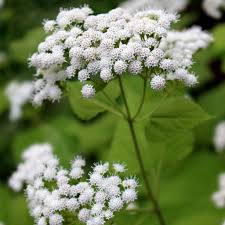





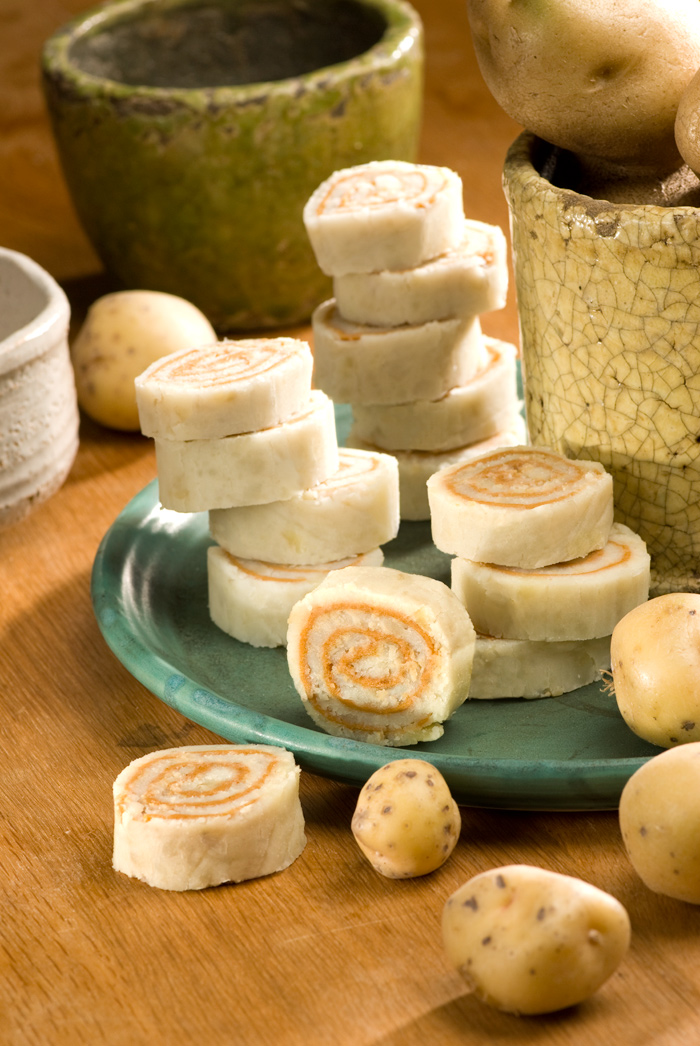

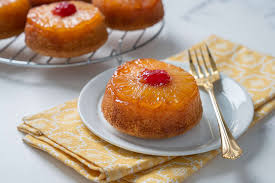 You can also use muffin tin and make upside down cupcakes.
You can also use muffin tin and make upside down cupcakes.




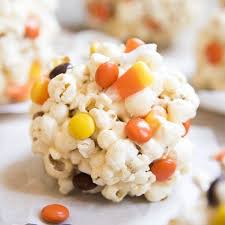
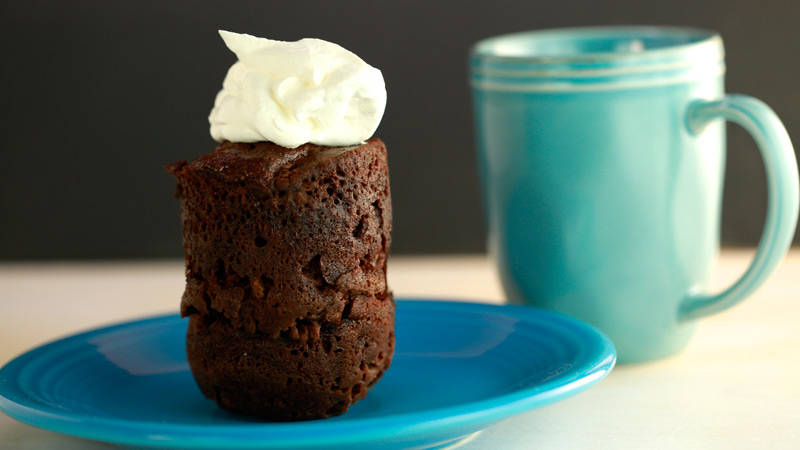












 Apple Dump Cake:
Apple Dump Cake:


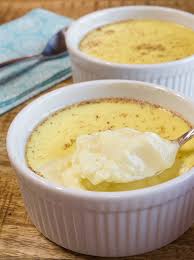








 Slice good French or Italian bread in individual pieces. Mix the ingredients together in a bowl and spread on the bread. Sprinkle on a little parmesan cheese if you like, it’s really tasty on this bread. The original recipe calls for the pieces to be re-assembled untoasted into a loaf, wrapped in foil and baked until hot. I still like mine to be broiler toasted. I lay the pieces out with mayo side up on a foil lined broiler pan and broil until toasty. This is one time you better “watch the pot boil” as the saying goes, as this will cook fast. Enjoy
Slice good French or Italian bread in individual pieces. Mix the ingredients together in a bowl and spread on the bread. Sprinkle on a little parmesan cheese if you like, it’s really tasty on this bread. The original recipe calls for the pieces to be re-assembled untoasted into a loaf, wrapped in foil and baked until hot. I still like mine to be broiler toasted. I lay the pieces out with mayo side up on a foil lined broiler pan and broil until toasty. This is one time you better “watch the pot boil” as the saying goes, as this will cook fast. Enjoy

















